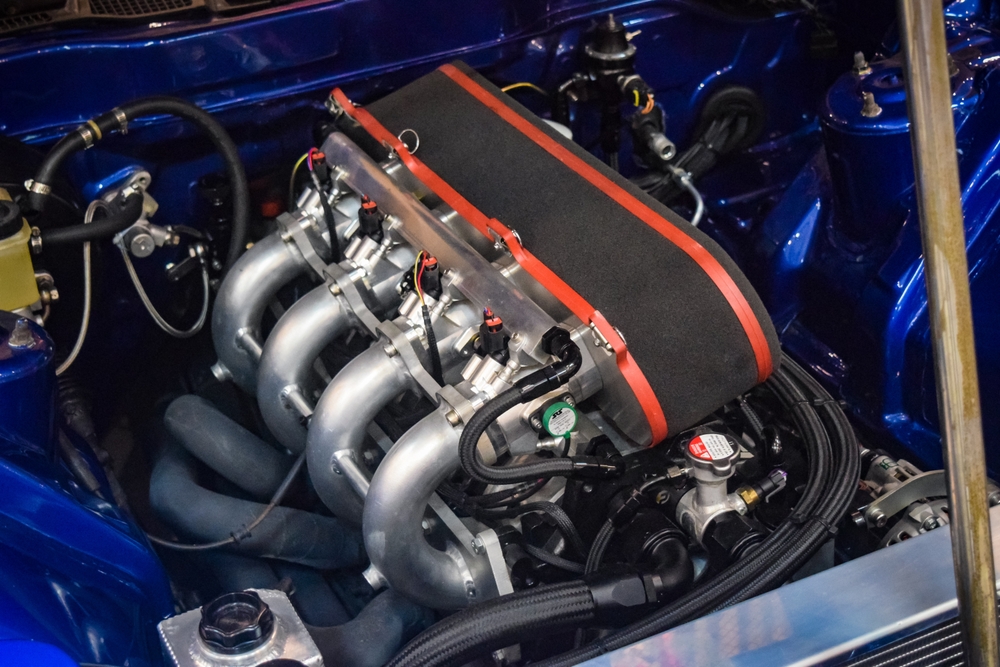Holographic Opera: A New Dimension in Musical Performance
In the ever-evolving landscape of performing arts, a groundbreaking fusion of technology and classical music is captivating audiences worldwide. Holographic opera, a cutting-edge approach to staging timeless works, is revolutionizing the way we experience this centuries-old art form. By blending traditional operatic elements with state-of-the-art holographic projections, this innovative medium is breathing new life into beloved classics and pushing the boundaries of creative expression. As opera houses and production companies embrace this technological marvel, holographic opera is poised to redefine the future of musical performance.

Initially, holographic technology was used sparingly, often limited to creating ethereal backgrounds or projecting ghostly figures during supernatural scenes. However, as the technology improved and became more accessible, opera companies began to explore its full potential. The turning point came in 2018 when the Netherlands Opera Company debuted a fully holographic production of Mozart’s The Magic Flute, featuring a seamless blend of live performers and holographic projections.
Technological Marvels Behind the Curtain
At the heart of holographic opera lies a complex network of cutting-edge technologies. High-resolution projectors, motion capture systems, and advanced computer graphics work in harmony to create the illusion of three-dimensional figures and environments on stage. These holographic elements are precisely synchronized with live performers, orchestra, and stage effects to create a cohesive and immersive experience.
One of the key innovations in holographic opera is the development of transparent screens that allow for seamless integration of projected images with physical sets and performers. These screens, made from specially designed materials, can be strategically placed throughout the stage, enabling holographic characters to appear alongside live singers and interact with physical elements of the set.
Reimagining Classic Works
Holographic technology has opened up new possibilities for staging classic operas, allowing directors to bring fantastical elements to life in ways previously unimaginable. Wagner’s Ring Cycle, with its mythical creatures and supernatural occurrences, has been particularly well-suited to holographic adaptation. In a recent production by the Berlin State Opera, audiences were awestruck by a lifelike holographic dragon and shape-shifting gods that seamlessly interacted with the live performers.
Similarly, baroque operas with their elaborate set pieces and magical elements have found new life through holographic staging. A recent production of Handel’s Alcina at the Royal Opera House in London used holographic projections to create a constantly shifting enchanted island, blurring the lines between reality and illusion in a way that perfectly captured the opera’s themes.
Creating New Operatic Experiences
Beyond reimagining existing works, holographic technology is inspiring the creation of entirely new operas designed specifically for this medium. Composers and librettists are collaborating with visual artists and technologists to craft immersive experiences that push the boundaries of what opera can be.
One such example is The Quantum Opera, a groundbreaking work premiered at the Sydney Opera House in 2022. This original piece, composed by Australian writer-composer duo Sarah Chen and Michael Fitzgerald, explores themes of quantum physics through a blend of live performance and intricate holographic visualizations. The production features holographic representations of subatomic particles that interact with the singers, creating a visually stunning representation of quantum phenomena.
Challenges and Controversies
Despite its growing popularity, holographic opera has not been without its critics. Some purists argue that the technology detracts from the raw power of the human voice and the intimacy of live performance. There are concerns that the visual spectacle may overshadow the music and vocal artistry that have long been the cornerstone of opera.
Additionally, the high costs associated with implementing holographic technology have raised questions about accessibility. Smaller opera companies and venues may struggle to afford the necessary equipment and expertise, potentially creating a divide in the opera world between high-tech productions and more traditional stagings.
The Future of Holographic Opera
As technology continues to advance, the possibilities for holographic opera seem limitless. Researchers are already exploring ways to incorporate other sensory elements, such as scent and touch, to create even more immersive experiences. There’s also growing interest in using holographic technology to make opera more accessible, potentially allowing world-class performances to be projected in venues around the globe simultaneously.
The impact of holographic opera extends beyond the realm of classical music. Other performing arts, including ballet and theater, are beginning to experiment with similar technologies, suggesting a broader shift in how we experience live performances.
Conclusion: A New Era for an Ancient Art Form
Holographic opera represents a bold step forward in the evolution of this centuries-old art form. By embracing cutting-edge technology, opera is finding new ways to captivate audiences and remain relevant in the digital age. While challenges and debates persist, the growing popularity of holographic productions suggests that this innovative approach is here to stay.
As we look to the future, it’s clear that holographic opera is more than just a passing trend. It’s a transformative medium that has the potential to inspire a new generation of opera lovers and push the boundaries of artistic expression. In the coming years, we can expect to see even more groundbreaking productions that blend the timeless power of the human voice with the limitless possibilities of holographic technology, ushering in a new golden age for this beloved art form.





